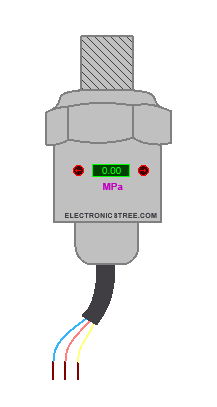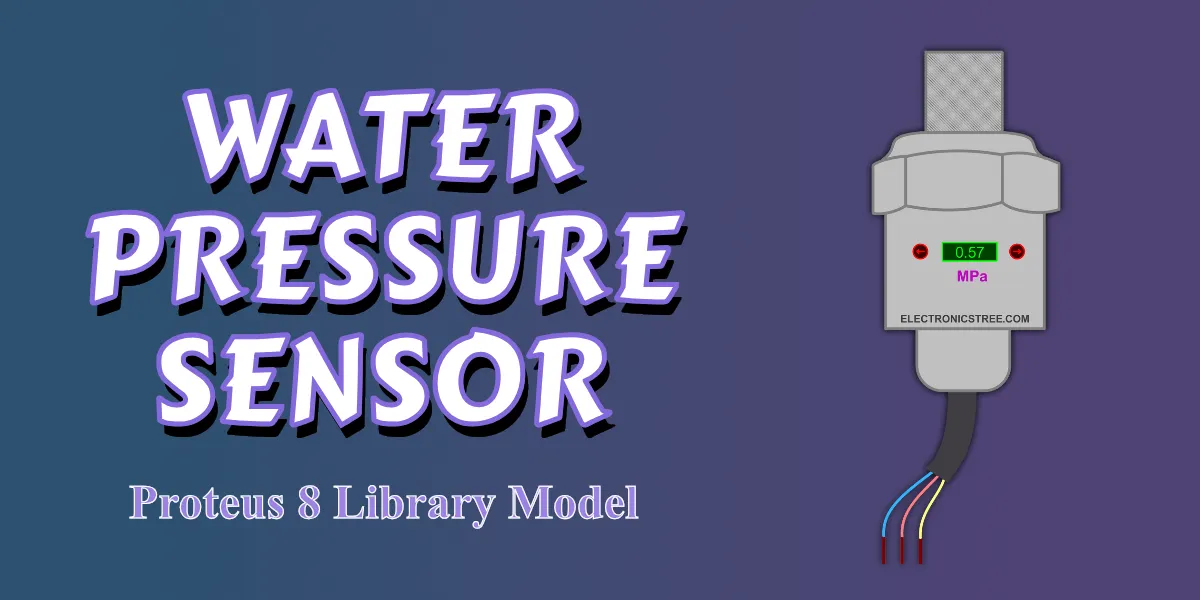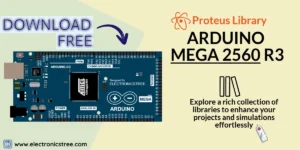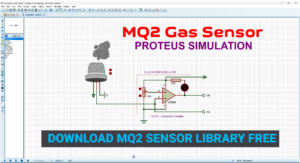Hi folks,
I’ve put together something new for Proteus users, a Water Pressure Sensor simulation model you can now use in your virtual designs. Whether you’re building a project for smart irrigation, water level tracking, or even leak detection, this model lets you prototype and test your ideas without needing any real-world plumbing or hardware. No pressure tanks, no sensors, just your imagination and Proteus.
Water Pressure Sensor - Proteus Model
The Water Pressure Sensor model simulates the behavior of a typical analog pressure sensor, like those with a 0.5V to 4.5V output range based on pressure input. It’s a great tool for bringing pressure-based projects to life in Proteus.
Here’s what you can do with it:
- Adjust Simulated Pressure: Manually set the pressure value right inside the simulation to see how your system reacts.
- Watch the Analog Output: The model outputs a real-time analog voltage that responds to the simulated pressure, just like a real sensor would.
- Connect to Microcontrollers: Hook it up to an Arduino or any other microcontroller in Proteus using a standard analog input pin and start reading pressure values.
- Test and Debug Your Code: Check your formulas, logic, or sensor-reading code before moving to real hardware, saving you time and components.

This Water Pressure Sensor model is based on the Gravity Water Pressure Sensor from DFRobot. As I mentioned earlier, I’ve been working on simulation models for both analog and digital sensors inspired by modules available on the DFRobot website.
This is another addition to that series. Previously, I created simulation models for the Digital Shake Sensor and the Liquid Level Sensor, so be sure to check those out as well if you haven’t already.
Connecting the Water Pressure Sensor in Proteus
Now let’s get hands-on, or virtually hands-on, and see how simple it is to connect this analog water pressure sensor to an Arduino inside Proteus.
Since this is an analog sensor, it outputs a variable voltage depending on the pressure applied. That makes it easy to interface with any microcontroller that has analog input pins. No special libraries or complex setup required. Just wire it up, simulate pressure changes, and read the output like you would with a real sensor.
Connecting the Gravity Water Pressure Sensor in Proteus is easy because of its straightforward wiring and color-coded cables.
- Yellow (Signal): This wire carries the analog output voltage, which ranges from 0.5V to 4.5V based on the detected pressure. Connect it to A0 on your Arduino or any available analog input pin.
- Red (VCC): This is the sensor’s power line. Connect it to the 5V supply in Proteus to power the module.
- Blue (GND): This is the ground wire. Link it to the GND rail in your Proteus circuit.

Arduino Code
Download Library
Simply click on the button to download the library. You can refer to this post for instructions on how to install the library in Proteus 8. How to Download and install Library in Proteus (electronicstree.com)
ZIP Password : electronicstree.com
If you have any requests for Arduino Module Libraries in Proteus, please leave a comment or message us using the contact form.



